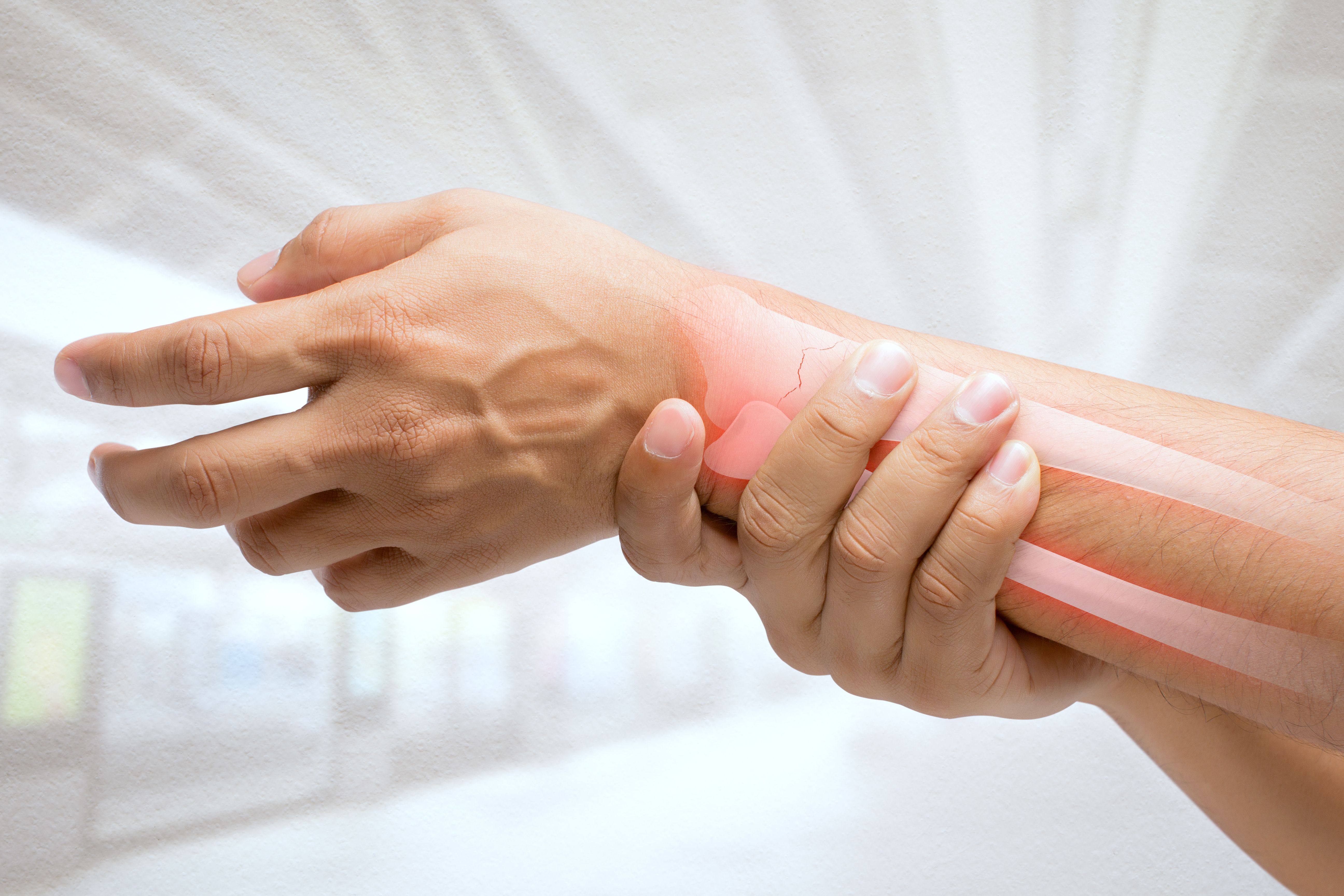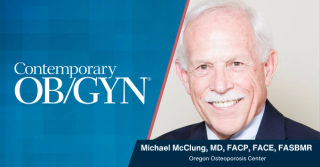
Osteoporosis
Latest News
Latest Videos
Shorts

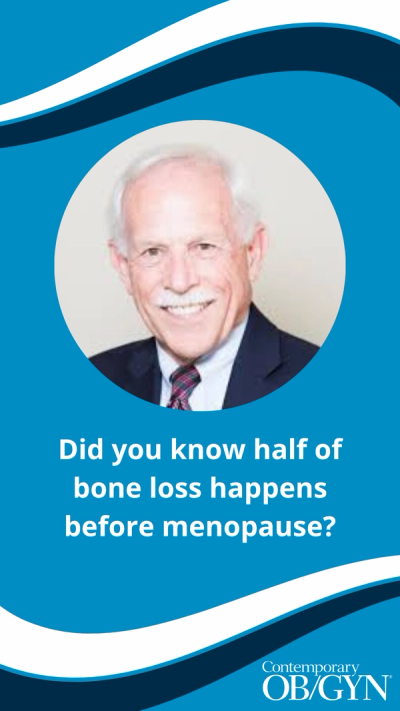

CME Content
More News
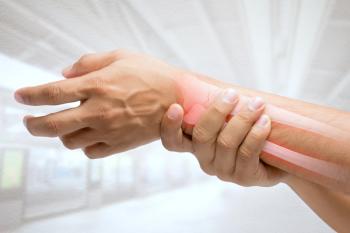
A study from China has indicated many women are not aware of the severity of osteoporosis, and many have not been tested despite the presence of fractures.
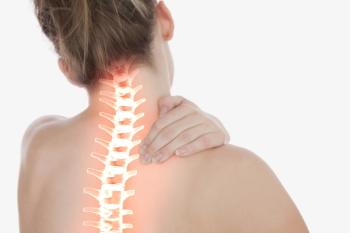
In a recent study, an increase in lumbar spine bone mineral density was found in patients receiving hormone therapy, even after therapy was discontinued.
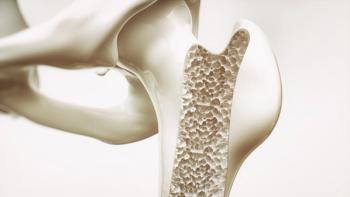
The US Food and Drug Administration has accepted the Biologics License Application (BLA) for a proposed biosimilar of denosumab (Prolia and Xgeva; Amgen) for treatment of various conditions.
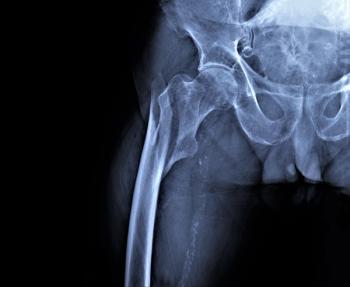
Data from a new study is sounding the alarm on trends in the trajectory of hip fracture incidence among the general population.
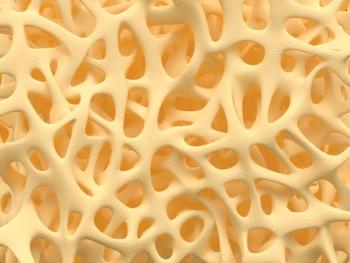
Data from a cohort of 5000 patients indicates that NSAID use may negatively affect clodronate therapy in older women.

An analysis of data from a 5000-patient cohort suggests use of NSAIDs was associated with a detrimental effect on the benefit of clodronate on reducing risk of fracture among older women.

A study in the journal Vascular Health and Risk Management has found significant differences in the metabolite profiling of altered amino acid and lipoprotein metabolism in participants with atherosclerosis and osteoporosis, compared with those in healthy menopausal women.

A European multicenter clinical study that evaluated the diagnostic accuracy of radiofrequency echographic multi-spectrometry (REMS) for osteoporosis has concluded that both REMS sensitivity and specificity are over 90%, when using the current clinical reference technology of dual-energy x-ray absorptiometry (DXA).
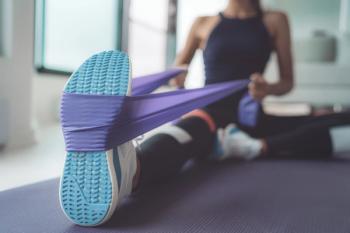
A 12-week course of low-intensity resistance training in postmenopausal women with osteoporosis or osteopenia was found safe and an effective method to improve muscle strength, bone formation markers and balance, according to a study in the Journal of Exercise Science and Fitness.

Flavonoids promote bone deposition and inhibit bone resorption, according to a review of flavonoids in bone erosive diseases.
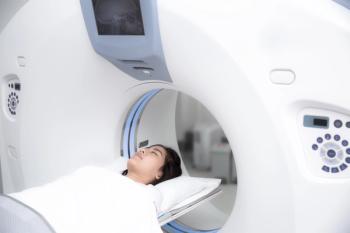
A Chinese study found that low‐dose computed tomography (LDCT) imaging is a viable alternative to standard dual‐energy X‐ray absorptiometry (DXA) scans for the opportunistic screening of osteoporosis.

From vitamin D to calcium supplements and beta-blockers for bone loss density prevention, this slideshow from Rheumatology Network breaks it all down.

A literature review has concluded that, although some studies find that vitamin K might increase bone mineral density (BMD) and reduce fracture risk in people with osteoporosis, the potential benefits of vitamin K supplements are not sufficiently supported.

The authors said bone health is an important issue for transgender women; however, results of bone status after gender-confirming surgery are conflicting.
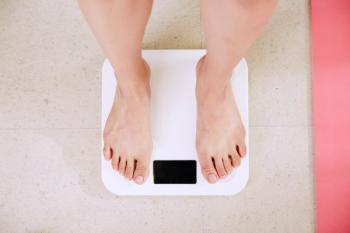
Women with H. pylori infection were more likely to be older and have a higher body mass index (BMI) than those without H. pylori infection.

A new study finds that dairy products do not prevent age-related bone loss or fractures in menopausal women.
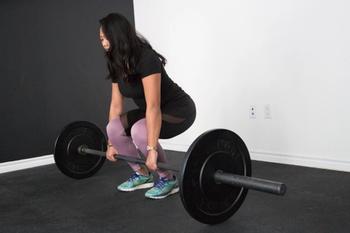
A new study examined how adolescent physical activity can impact hip strength and potentially reduce the risk of osteoporosis later in life.
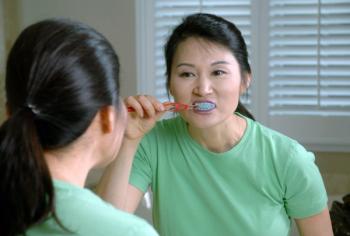
A prospective study of generally healthy perimenopausal women has concluded that low bone mineral density (BMD) is significantly linked with periodontal disease in women over 58 years old, and independent of tobacco consumption or oral hygiene.
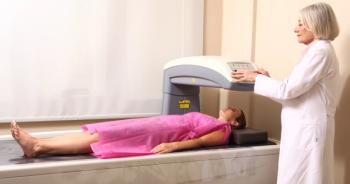
Isoflavones significantly improve bone mineral density (BMD) and are safe in postmenopausal women, according to a systematic review and meta-analysis of 63 randomized controlled trials involving 6,427 postmenopausal women.
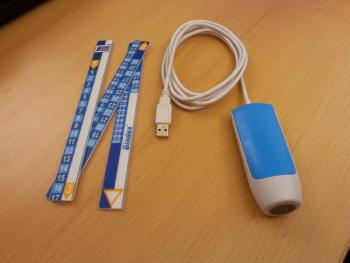
“There is a large osteoporosis treatment gap that has become a global crisis in the care of this disease,” said principal investigator E. Michael Lewiecki, MD."

Physical training can preserve and even significantly bolster the bone mass of the hip and femoral neck in individuals under caloric restriction, according to a systematic review and meta-analysis of 13 randomized clinical trials.
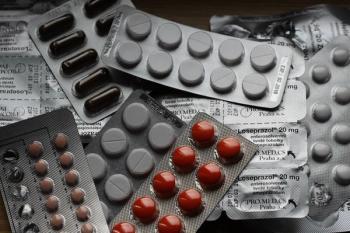
The authors of the analysis in JAMA Internal Medicine recommend that these medications be restricted to decreasing fracture risk.
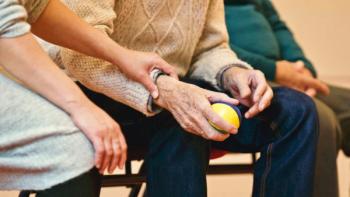
Nearly a dozen patient-level key performance indicators (KPIs) for fracture liaison services (FLSs) to guide quality improvement have been selected by the International Osteoporosis Foundation (IOF) Capture the Fracture campaign, in collaboration with the Fragility Fracture Network (FFN) and National Osteoporosis Foundation (NOF).

Social inequalities profoundly impact South Korean postmenopausal women who have metabolic syndrome and osteoporosis, according to a cross-sectional study in the journal Menopause.
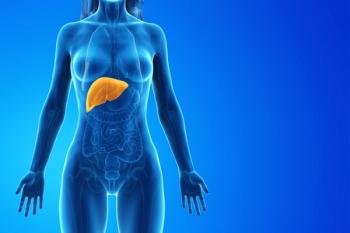
New research found that malnutrition in liver cirrhosis is significantly linked to osteopenia/osteoporosis for patients undergoing liver transplantation.



